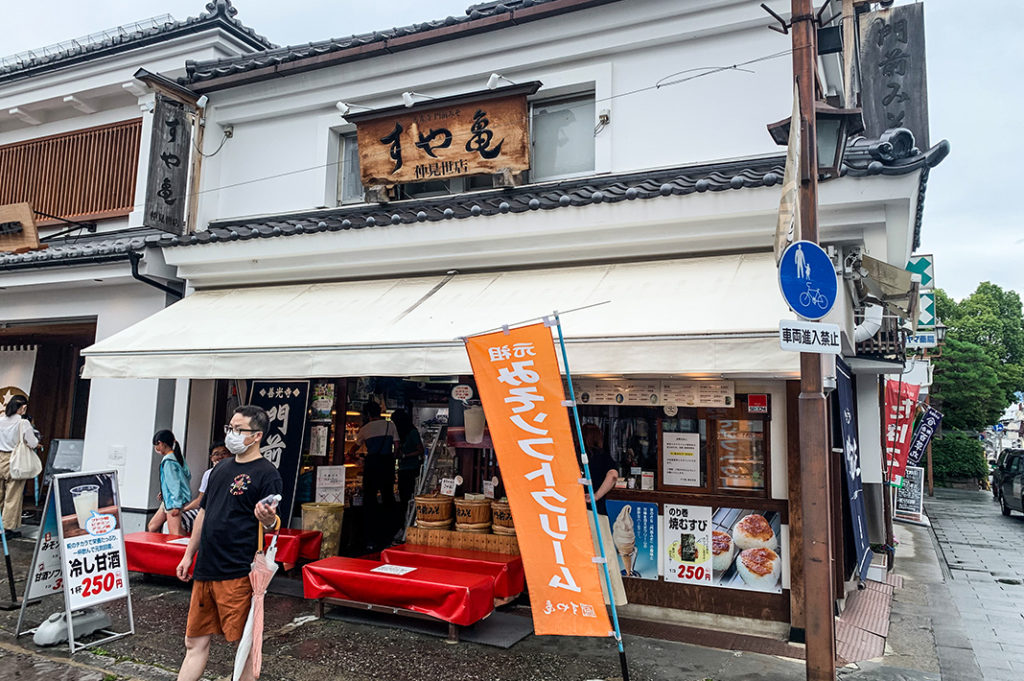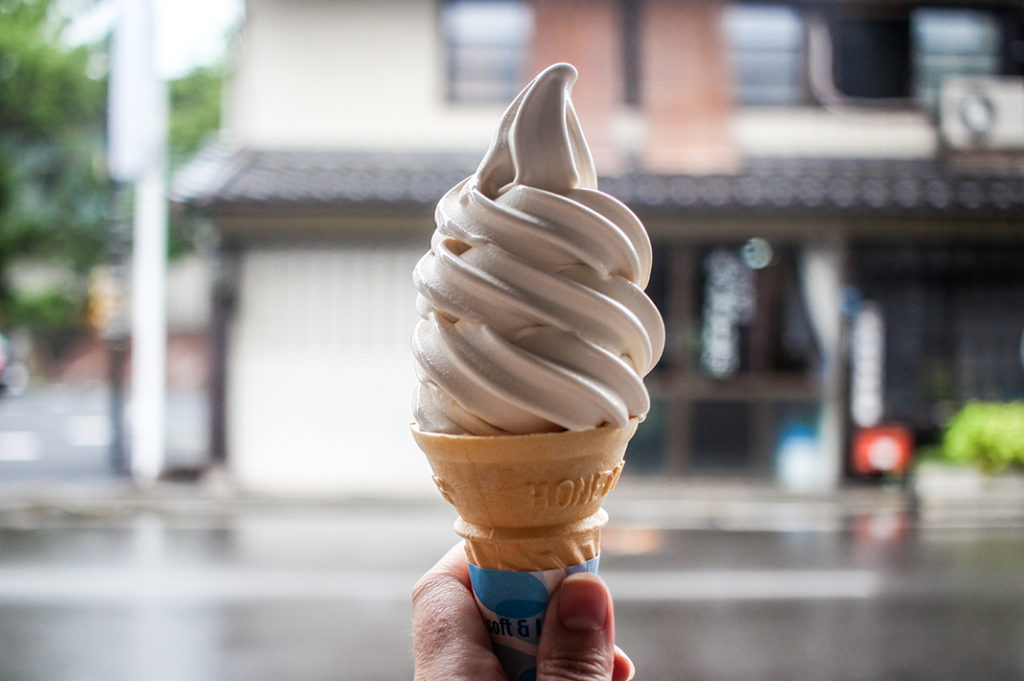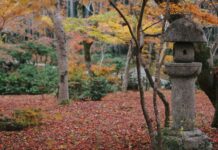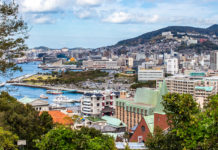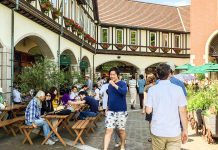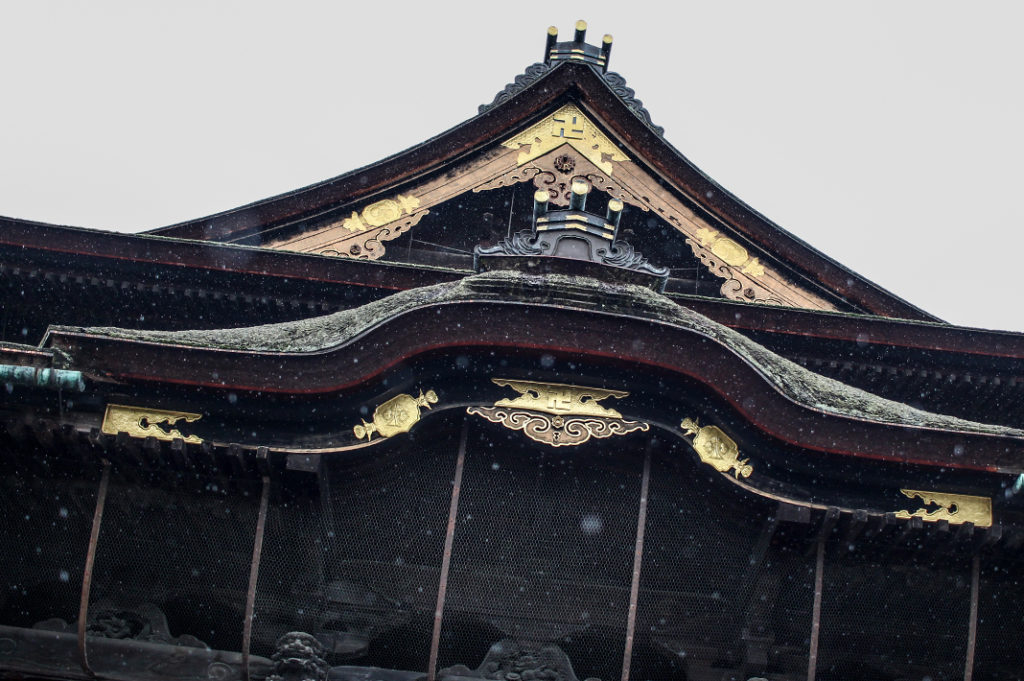
Japan, like many other countries, has its own indigenous nature-based religion: Shinto. These prehistoric practices involve worshipping the kami who inhabit trees, waterfalls, mountains, objects and even ancestors. While Shinto served Japan well for a very long time, it was rocked by the introduction of Buddhism around the 6th century; the very first Buddhist statue to reach Japan caused some contention, to say the least. After a feud, it ended up in the hands of Honda Yoshimitsu who brought it into the mountains and founded Zenkoji Temple to enshrine it. In the 1400 years since, Zenkoji has become the heart and soul of Nagano city, not to mention a National Treasure and somewhere many Japanese aspire to visit. Its quiet power and traditional aesthetic can momentarily trick you into thinking you’ve gone back in time.

A city for pilgrims
Perhaps a better metaphor for Zenkoji’s relationship to the city is the ‘big bang’; after its construction, worshippers began making pilgrimages to pay their respects to the Buddha statue, and a city bloomed around it out of necessity. Before long, there were many smaller temples and guest houses in the surrounding area that could shelter and feed the road-weary pilgrims. Visiting Nagano city today, there’s no question of the temple’s importance; it’s the biggest thing around and the journey there from the station is like a gravitational pull. Chuo-dori, the main thoroughfare, is lined with restaurants, shops and other businesses—perhaps modern versions of the originals.

Though there are many temples in Japan, Zenkoji Temple is special. As one of the oldest and largest wooden temples in Japan, and home to the oldest Buddhist statue in Japan, it attracts 6 million visitors annually. It, and the area surrounding it, are well preserved so that a morning or afternoon stroll through here is like wandering through the pages of history. Many of the structures and objects within the temple grounds carry some sort of historical or cultural significance, with many considered ‘National Treasures’. While we won’t go into all the nitty gritties, here are the main attractions.
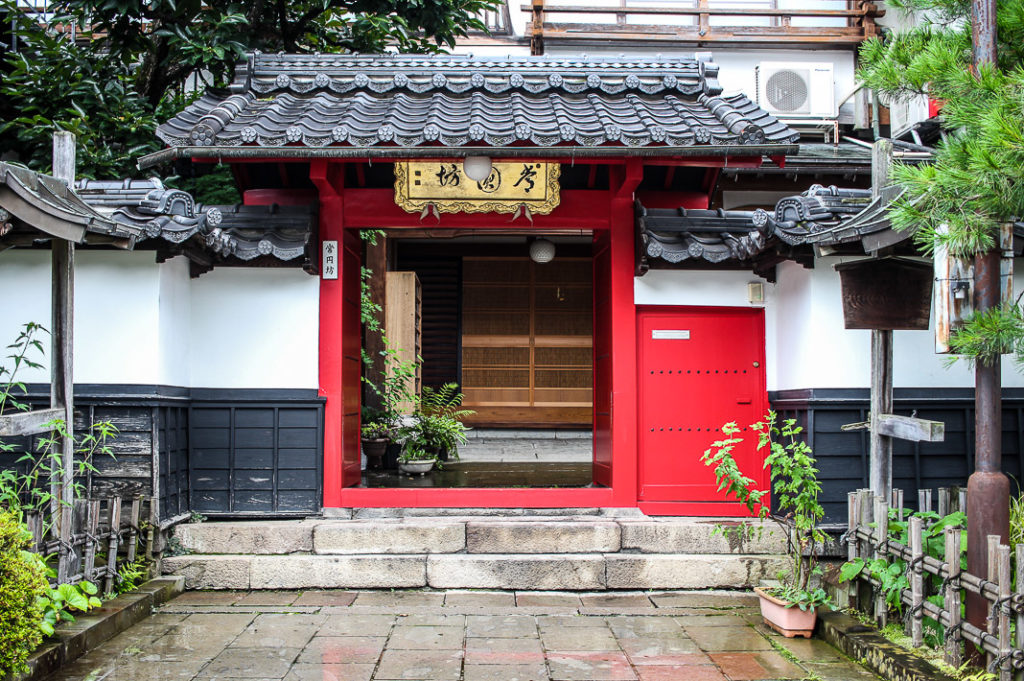
Approaching Zenkoji Temple
Once Chuo-dori, Nagano’s main road, comes to an end, take the cobbled pathway into the Zenkoji Temple complex. This part of the approach is lined with subsidiary temples and accommodation options—just like the shukubo of yesteryear. These ryokan are perfectly positioned for the ultimate Zenkoji experience, making it easy to wake up early and participate in the morning rituals. In all, there are 39 temple lodging options, many of which offer shojin ryori [Buddhist vegetarian cuisine]. This is where you can fulfil your pilgrim fantasy (minus the blisters) and enjoy traditional tatami rooms and sumptuous breakfast sets.

Nakamise shopping street
Just through the Niomon Gate, guarded by two fierce Nio, is Nakamise dori, the temple’s shopping street. Visitors to Tokyo’s Sensoji Temple may notice some similarities between the two. Both sides are lined with traditional-looking buildings that house souvenir stores, restaurants, cafes and even a few more accommodation providers.
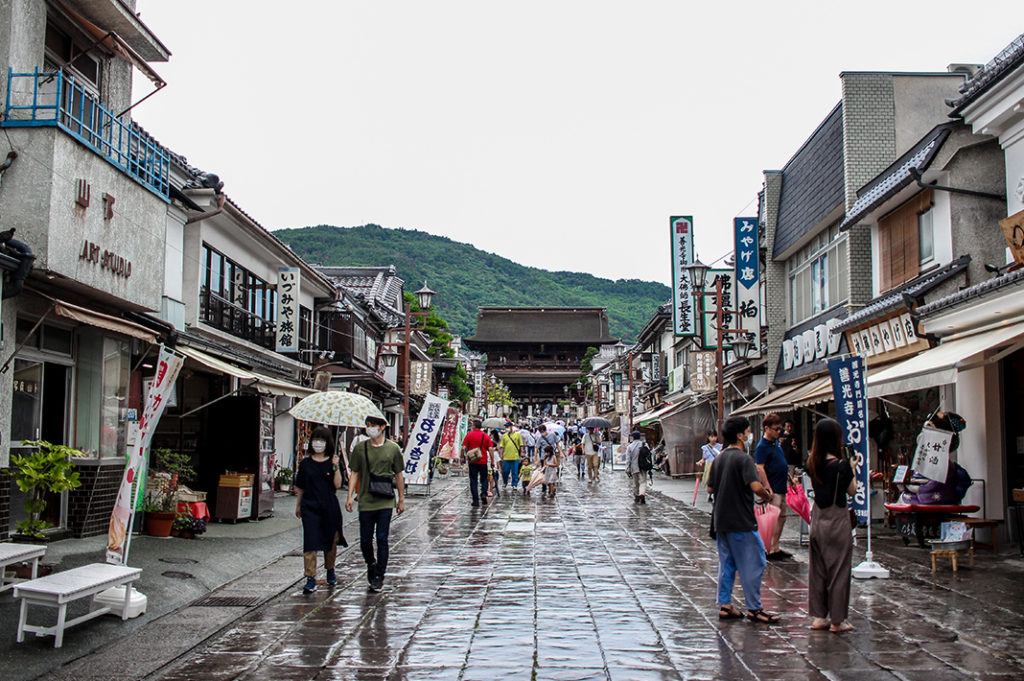
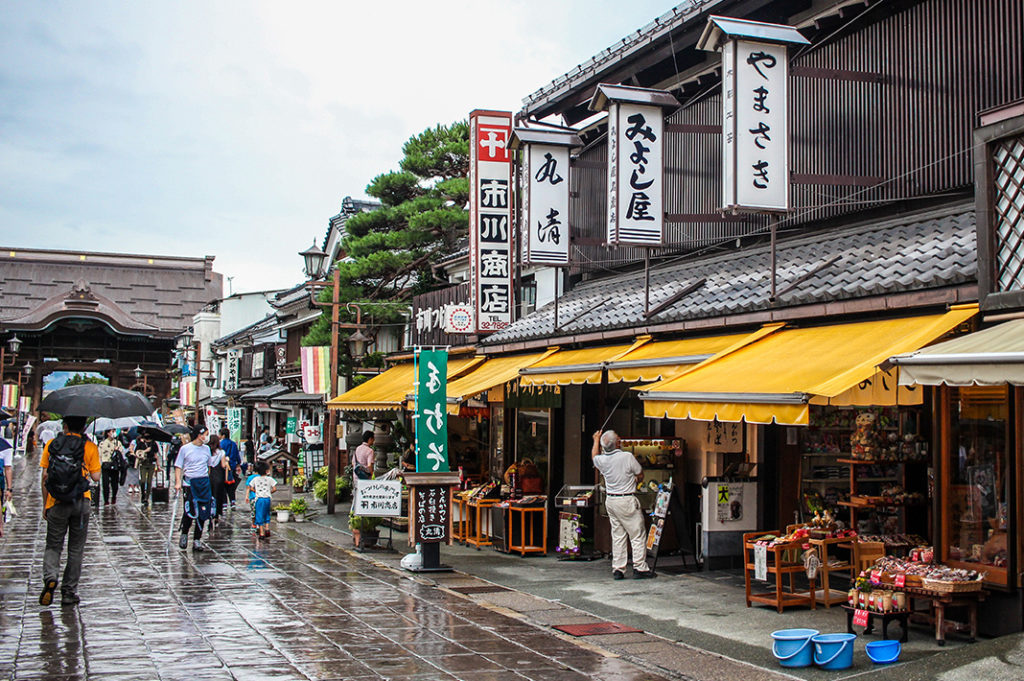
The very first store on your right is the Suyakame Miso store, where you should definitely try a ‘miso soft cream’—it’s spectacular, trust us!
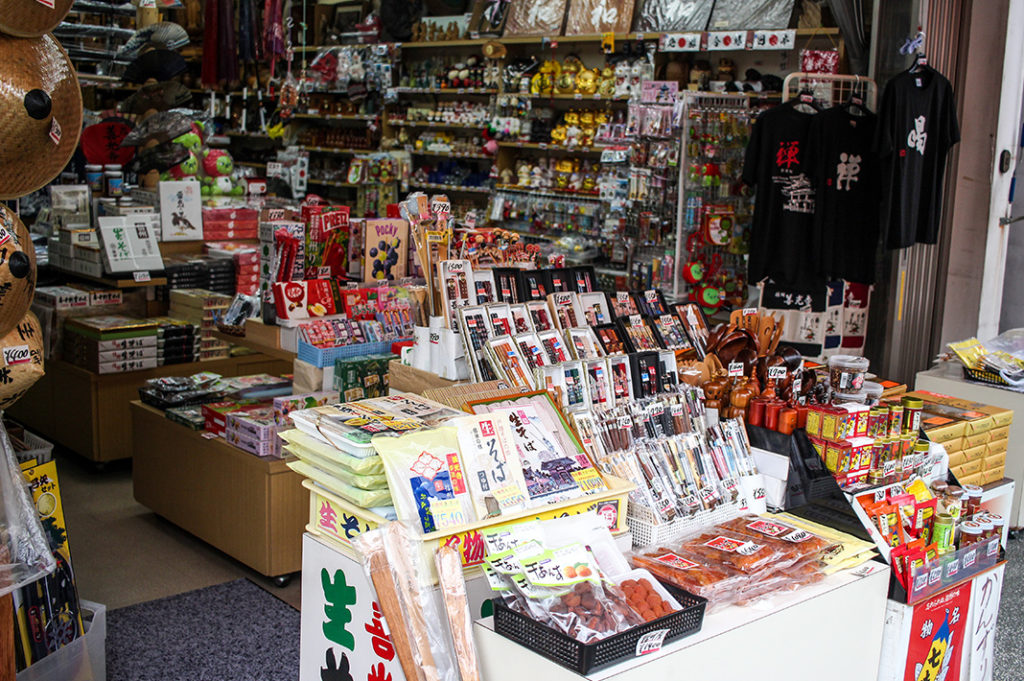
About halfway along on your left is Matsuya ryokan, which has a statue of Enmei Jizo outside, marking the original location of Zenkoji Temple’s main hall.
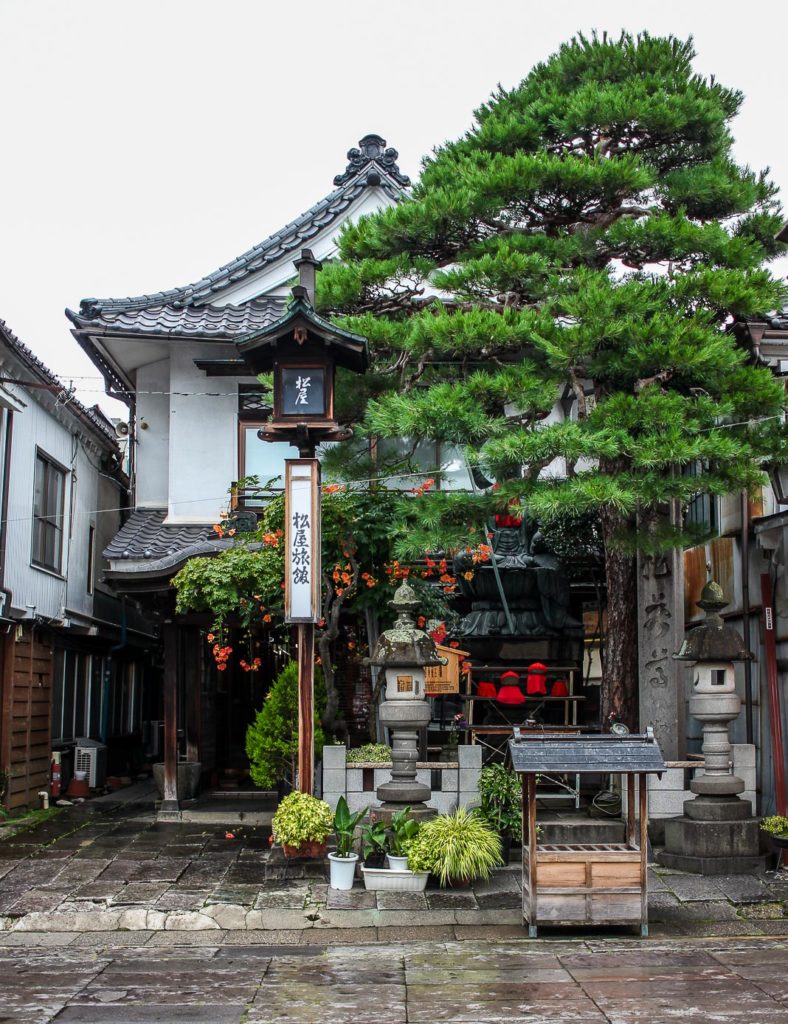
If you turn 180º and follow the road away from the statue, you will arrive at Seson-in Shakado Temple. This houses the only full-sized reclining Buddha statue in Japan. As this Buddha looks over our world, and the one in the main hall watches over the afterlife, it’s quite popular to pray to both for full coverage.
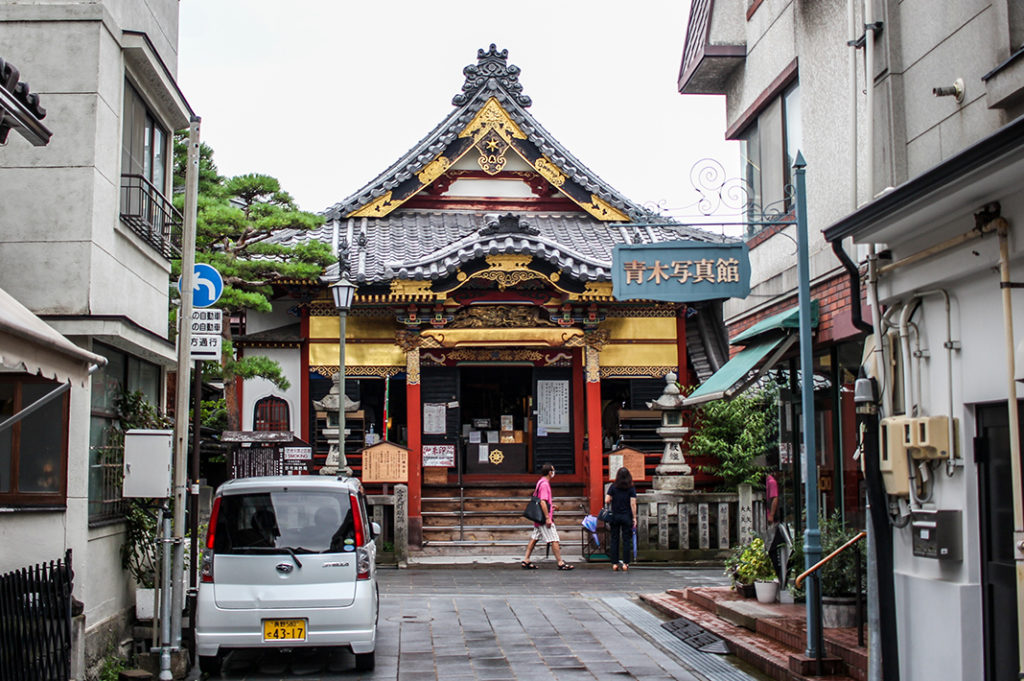
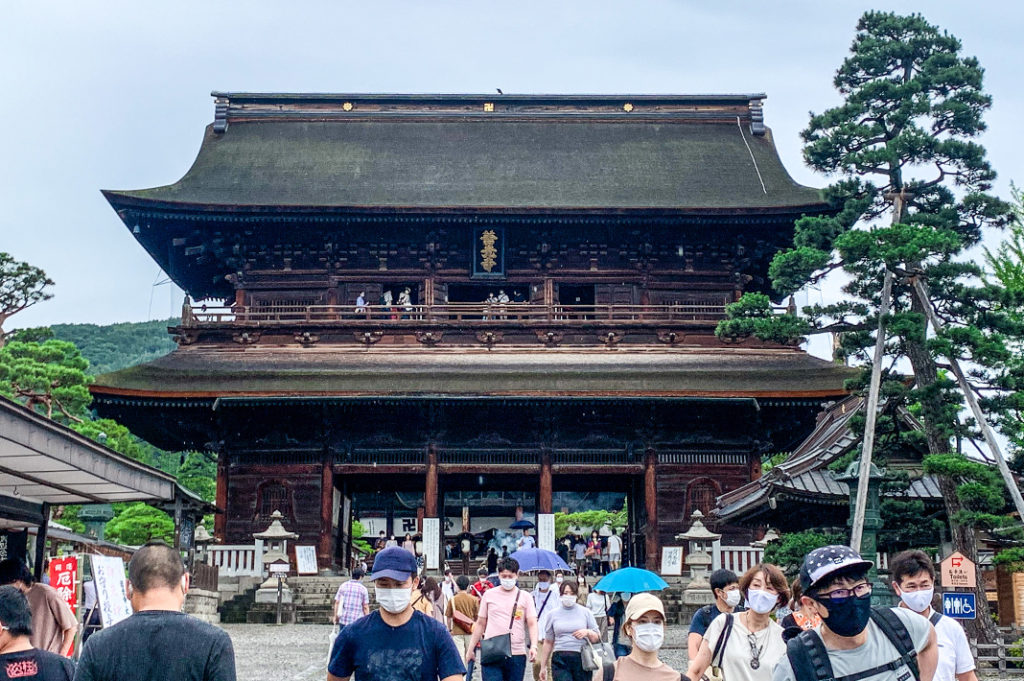
Sanmon Gate
As you window shop along Nakamise street, you’ll surely notice the looming presence of another gate. The sanmon gate is much bigger than the previous one and marks the official entrance to the temple grounds. As such, you’ll want to purify your hands at the basin before stepping through. Inside this Important Cultural Property are rumoured to be five wooden Buddhist statues—rumoured as they are hidden away from the public.
Those interested can actually pay a fee to go inside the structure and up to the balcony where you can look out over the grounds. If not, continue along into the clearing where you’ll come face to face with Zenkoji Temple’s Hondo [main hall].
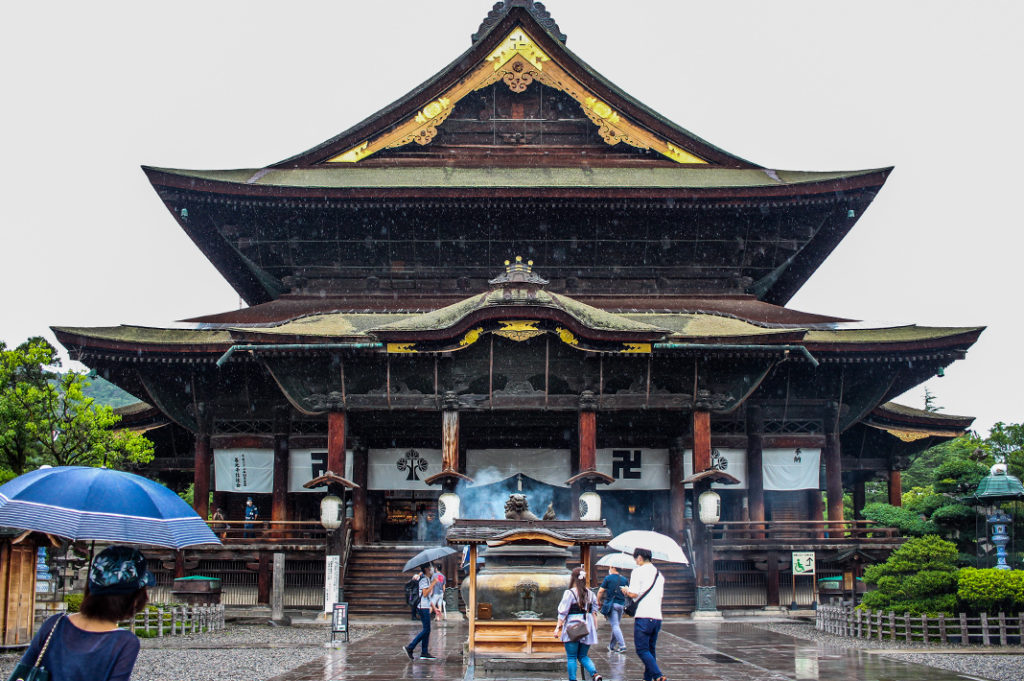
Hondo: the National Treasure
The main hall is a National Treasure and houses the temple’s main image, i.e the Buddha statue. However, if you think you can waltz in and have a peek at this 1,400-year-old statue…think again. The hibutsu [secret Buddha] was hidden from the public way back in 654, perhaps in an effort to preserve and protect it, and not a single living soul has been allowed to open its box since, calling into question its very existence. A replica was eventually created in the 13th century, but is only displayed once every seven years during an event known as ‘Gokaicho.’
So, although you can’t see the Buddha statues, the main hall still has a few surprises in store. Before you head in, though, make sure to wave the incense smoke from the daikoro over your head and body for good health and fortune.

If you actually have a health concern, you’ll want to address Binzuru, the wooden statue just inside the main hall. He is said to have been a physician, so the idea is to rub him where you have an ailment, and he will gladly cure you of it. It’s worth a shot, at least!
Entering the belly of the Buddha
Inside, you can view some pretty Buddhist architecture and design. However, you are restricted to only the Gejin, the floorboard area. From here, you can see the large tatami area with intricate designs on the back wall. To actually explore there and beyond requires a ticket to the naijin ‘inner sanctum’, which can be purchased at one of the vending machines.
This naijin is home to all manner of rituals and events, as well as a special staircase that leads visitors down through a pitch-black tunnel symbolising death and rebirth. The idea of walking through the “kaidan meguri” is to run your hands along the wall and see if you can find the “key to paradise.”

Events at Zenkoji Temple
Daily events
Zenkoji Temple is home to myriad events which you should try to witness if possible while in Nagano city. Every morning there is an “o-asaji” morning service held in the Hondo main hall, the time of which changes with the sunrise. Depending on when you visit, this could be anywhere from 5:30 am to 7:00 am. The timings can be found on their website.
This morning service also incorporates the “O-Juzu Chodai” (rosary blessing) ritual. Essentially, as the head priest and priestess make their way toward the main hall for the service, they will bless a row of visitors kneeling in wait by touching their rosary beads to the people’s foreheads. To participate, arrive a little earlier than the morning service and join the line of people kneeling side by side. If you miss this early one, you can join the queue for when the clergy people make their way back after the service.
If that’s still too early, there is a daily tolling of a bell, hundreds of years old, at 10:00 am and 4:00 pm which is still a nice thing to witness.
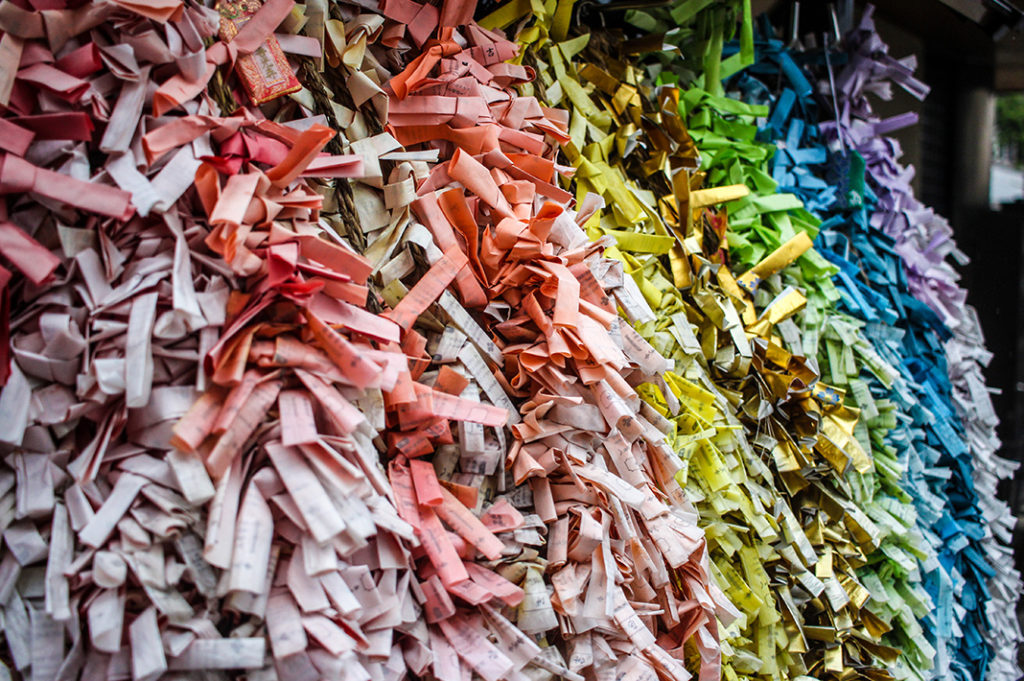
Other events
Every second Saturday of the month (April to November) hails the Binzuru Fair where you can pick up handmade items, local fruit and vegetables and even baked goods.
If you time it just right, you may be lucky enough to witness the gokaicho festival, which is held every seven years. The next one is slated for April 3 – May 29 2022. See details here.
Even though you can’t see the secret Buddha of Zenkoji, there are plenty of historic and cultural treasures laying in wait. Make like a pilgrim and get yourself to Nagano city!
Name: Zenkoji Temple
Address: 491 Naganomotoyoshichō, Nagano city, 380-0851 (link)
Open: Morning service until 4:00 pm.
URL: English version here
Post by Japan Journeys.




